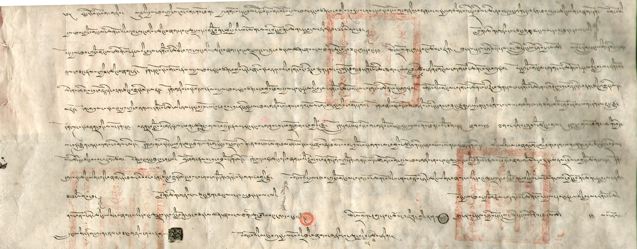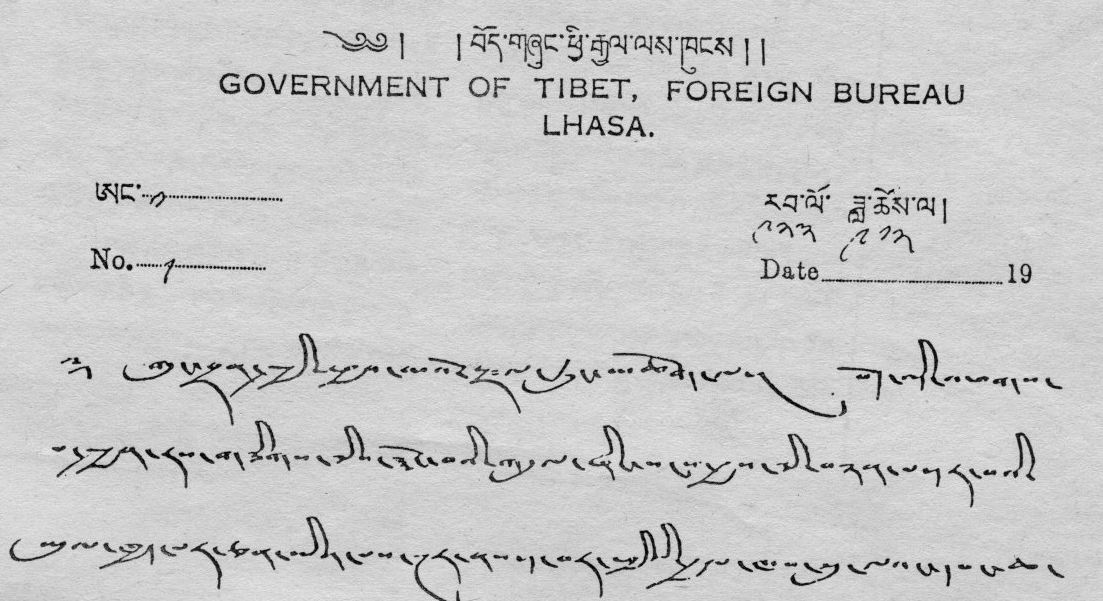As an independent nation, Tibet entered into treaties with neighboring states: Bushair 1681, Ladakh 1683 and 1842, Nepal 1856 and so on.
Tibet signed a number of treaties and conventions with Britain culminating in the Simla Treaty of 1914 by which British India and Tibet reached an agreement on their common frontier.[37] India’s present-day claims to the demarcation of its northern border is based on this treaty which was signed by Tibet – not China.
In January 1913, Tibet and Mongolia signed a treaty in Urga, the preamble of which reads: “Whereas Mongolia and Tibet having freed themselves from the Manchu dynasty and separated themselves from China, have become independent states, and whereas the two States have always professed one and the same religion, and to the end that their ancient mutual friendships may be strengthened…”[38] Declarations of friendship, mutual aid, Buddhist fraternity, and mutual trade etc. follow in the various articles. The Tibetan word “rangzen” is used throughout to mean “independence”.
A Tibetan Bureau of Foreign Affairs was established in 1942, which conducted diplomatic relations (and correspondence[39]) with Britain, USA, Nepal, independent India and China.


No comments:
Post a Comment